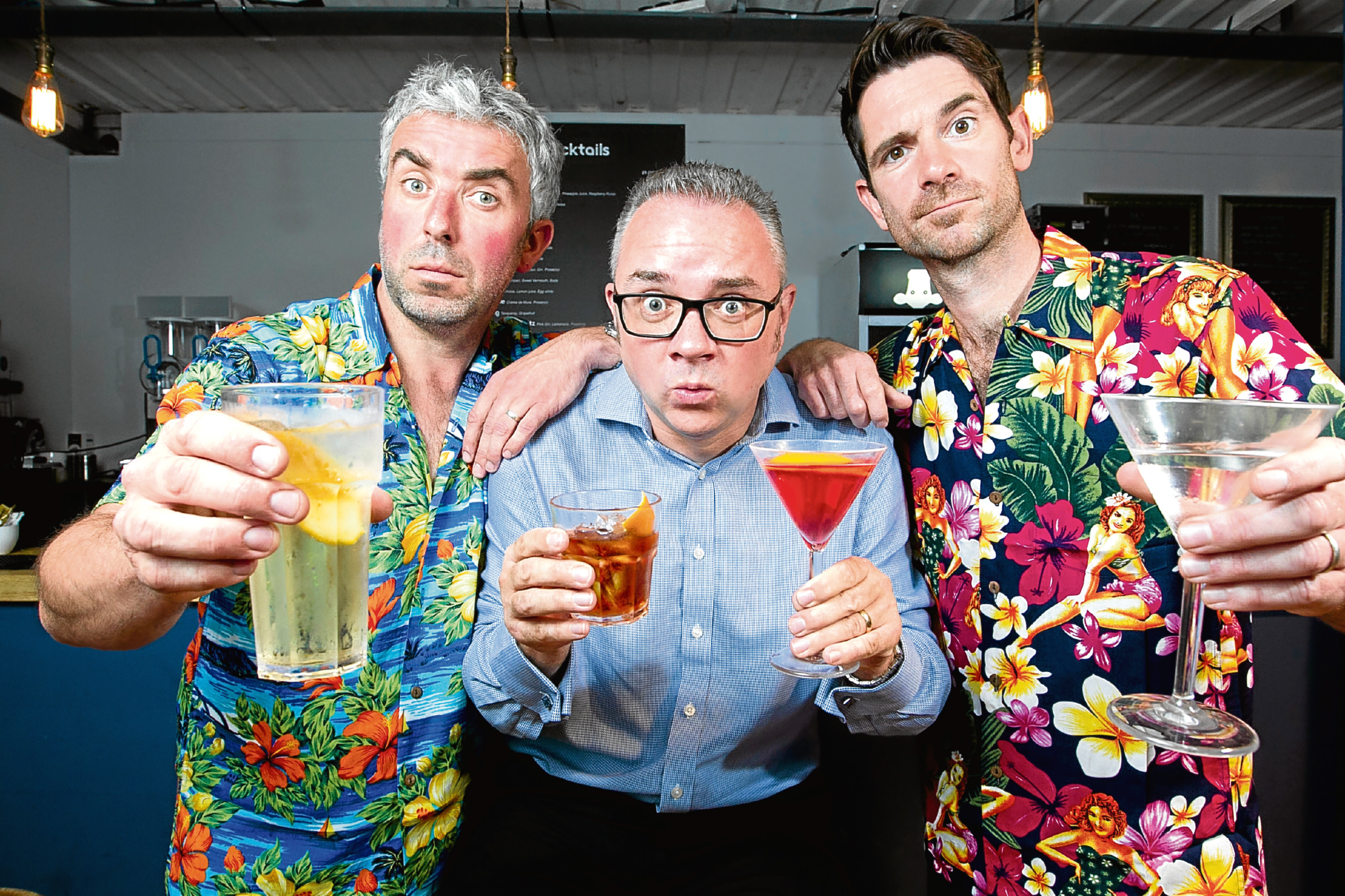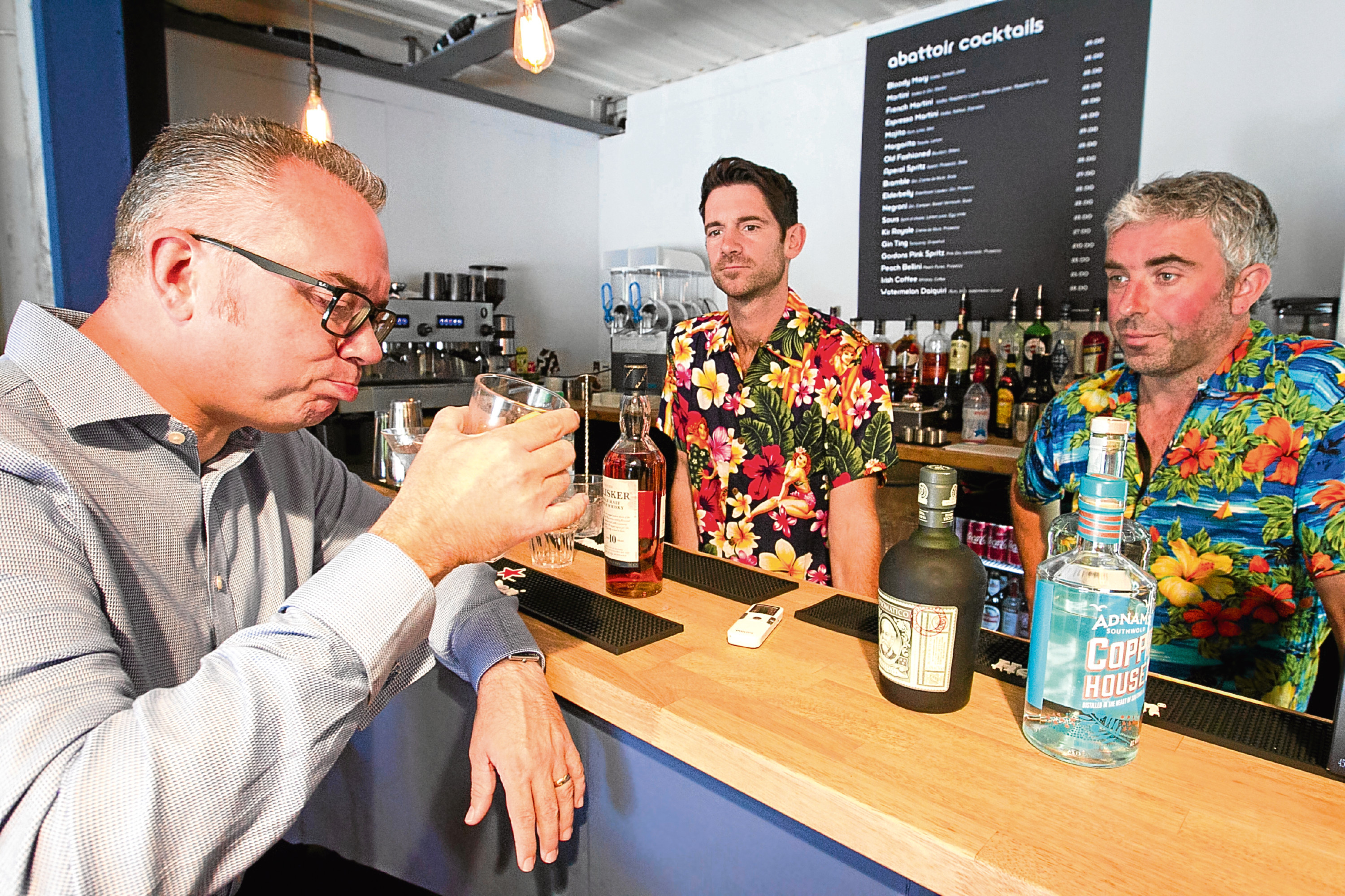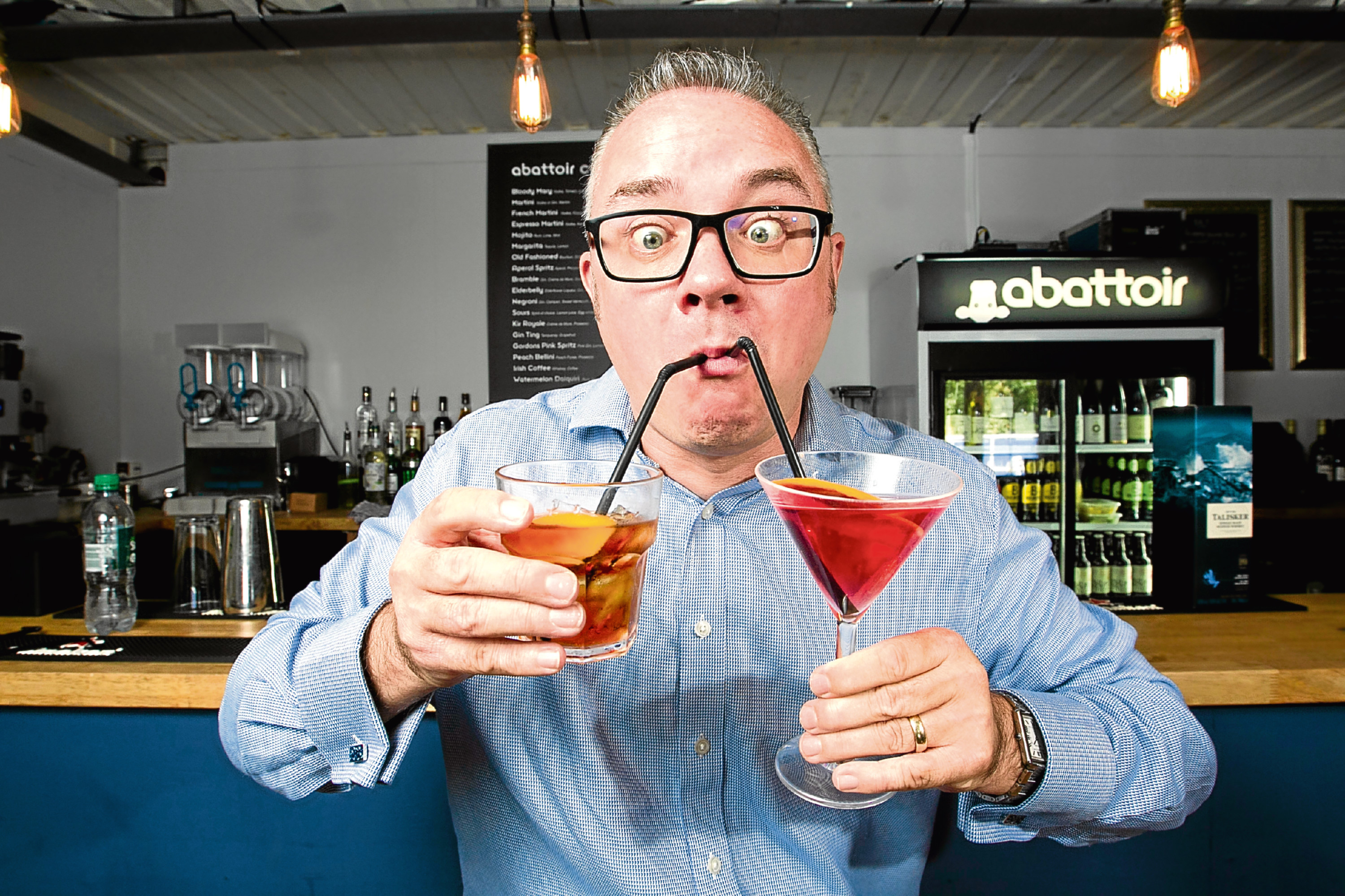
JESUS turned the water into wine.
It’s one of those facts we all know — and that turns out to be completely bogus.
“Jesus turned the water into beer, actually,” explains Ben McFarland who, along with fellow authority on alcohol Tom Sandham, are The Thinking Drinkers, booze boffins and comedy performers who are back at the Edinburgh Fringe after six previous sell-out runs.
“The only reason we think it was wine is because in the 17th century, when they were translating the Bible into English, they changed it because beer was seen as the poor man’s drink while wine was seen as a bit more sophisticated.
“In the original gospel, he turned water into something called ‘shekhar’ which means ‘strong drink’, and no-one knew what that meant.
“It comes from a Hebrew word that means barley beer.
“And obviously at that time it was the grain not the grape that grew.
“Every year, we delve deeper into how history’s been affected by booze, and what’s emerged in the last year is that one of the reasons monkeys came down from the trees is because of fermenting fruit on the ground.
“It was producing alcohol and maybe part of the reason monkeys turned into man was because they drank alcohol.”
Tom adds: “So we are pre-programmed, it’s in our DNA.
“The fermented fruit would have had antibodies in it so it’d be good for them, and the quicker, stronger monkeys would have got it first, it’d have given them a buzz and they’d have gone back for more and they’ll have developed antibodies to digest it quicker than any other animal.
“And when you drink there’s an upsurge in the superior temporal gyrus which unlocks creative thought.”
Ben chimes in: “Virtually all inventors — Thomas Edison, Nikola Tesla, Alexander Graham Bell, Benjamin Franklin — were massive drinkers, and Philip II of Macedonia, Alexander the Great’s father, was a huge drinker known as ‘the Human Sponge’. He invented the conga!
“In music, too, Beethoven liked a drink, and Brahms used to drink a bottle of cognac a day.”
“And look at the Second World War,” argues Tom. “All the leaders of the winning countries drank — FDR, Stalin, Churchill — but all the bad guys, Mussolini, Tojo and Hitler were tee-total.
“And there was this guy called Prince Vladimir of Kiev in 10th- century Russia when they didn’t have a state religion. He basically put it out to tender — and his choices were Islam or Christianity.
“Those two were fighting over Europe, and Vladimir had massive military power. He had the casting vote and was going to go with Islam until they said: ‘We don’t drink’ and he basically said: ‘Everything else, I like about Islam, but I can’t have my people not drinking vodka.’
“So essentially, vodka saved the West from a future of sobriety.”
“Speaking of vodka,” says Ben, “in the 17th century, Peter the Great was a bit of an engineer and he designed his own distilling process, so vodka was triple distilled for purity because most of it was really rank.”
The Drinkers treat each member of their audience to a variety of cocktails and other drinks, each made from luxury brands — Adnam’s gin, Reyka vodka from Iceland, Talisker 10-year-old single malt whisky and Diplomatico rum from Venezuela — because, as Ben says: “Our motto is ‘drink less, drink better.’”
One of the drinks is the Cosmopolitan, made famous by Carrie and pals in Sex And The City.
Says Tom: “It’s a vodka drink that was born out of an advertising campaign. Ocean Spray, makers of the cranberry juice we’re using, sold on the basis of mixing their fruit juices with vodka — you’d never get away with that now.
“These guys were doing it in the 50s when it was a manly drink called the Harpoon but in New York in the 80s, Dale DeGroff, who’s basically the king of cocktails, started making them in the Rainbow Room in the Rockefeller Centre and they were queuing up for them.
“He’d flame the orange zest over the top of the drink and people thought this bit of theatre was just incredible and from there, it became the drink of Manhattan, and that led to it being featured in Sex And The City, making it a very feminine drink when actually it started out as quite the reverse.”
Gin is more popular than ever right now, every day someone brings out a new “craft” or “artisan” version, and Ben says: “In the show, we talk about gin and how it was the origin of ‘Dutch courage’.
“When the Dutch and British fought together, the soldiers were given gin to embolden them.
“In fact, alcohol has always been a weapon, the Royal Navy had their ration of rum — though the officers would have gin — which was only ended in 1970.”
Adds Tom: “You got bathtub gin during Prohibition and that’s something people have tried to recreate recently, but the problem was tens of thousands of people died or went blind from poisonous alcohol.
“In fact, there was a story that the federal government released poisonous alcohol onto the market so people would die and prove it was awful.
“They were making it in bathtubs with anything — but then you go back to the 1750s and they were making it in London with urine and sulphuric acid — so bathtub gin’s unfairly got a bit of a bad reputation!”
The Thinking Drinkers are at the Edinburgh Fringe until August 27. For tickets visit www.edfringe.com

Enjoy the convenience of having The Sunday Post delivered as a digital ePaper straight to your smartphone, tablet or computer.
Subscribe for only £5.49 a month and enjoy all the benefits of the printed paper as a digital replica.
Subscribe
